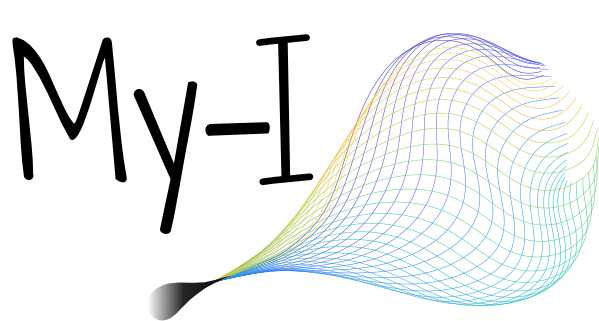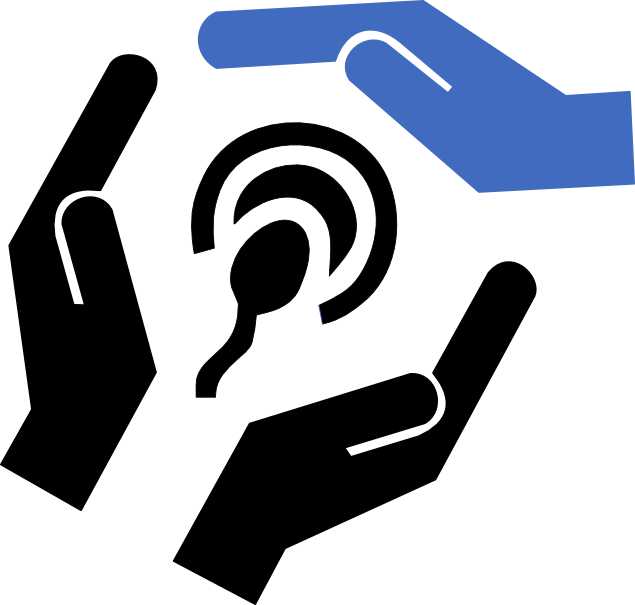The My-I Study (MotilitY diagnostics in Insemination)

The human semen sample carries a wealth of information of varying degrees of accessibility ranging from the traditional visual measures of count and motility to those that need a more computational approach, such as tracking the flagellar waveform. The selection of sperm with good parameters is an important consideration for improving outcomes of any assisted reproductive therapy (ART) insemination procedure. The aim of the My-I project is to determine which kinematic parameters of sperm provide the greatest value for predicting clinical pregnancy rate (CPR) in ART treatment.
My-I involves imaging an aliquot of the sperm sample used in IUI, IVF, or ICSI treatment to correlate with outcomes. If you’re interested in participating in the My-I project please get in touch!
The UNiTY Trial

As Chief Investigator, Jackson has been awarded an NIHR Clinical Trial to look at the Clinical and Cost Effectiveness of 3 cycles of IUI vs 1 cycle of IVF for couples with Unexplained Infertility.
Meurig is Mechanistic lead for the trial, looking at the role sperm play in the success of each arm.
HABSelect – comparing different methods of selecting sperm for ICSI

This was a multi-centre randomised blinded controlled trial. The main aim being to test a method which may increase the number of live births from treatment and reduce miscarriage rates by using a different method of selecting ‘good’ sperm.
A secondary part of this trial was to find out more about what makes ‘good’ sperm different from the others. One possible difference may be how the DNA is packaged in the sperm cell or in the amount of damage that the sperm DNA caries. If it is the latter, then changes in lifestyle could potentially improve the couple’s chance of having a baby.
The trial findings were published in February 2019 in the medical journal The Lancet.
